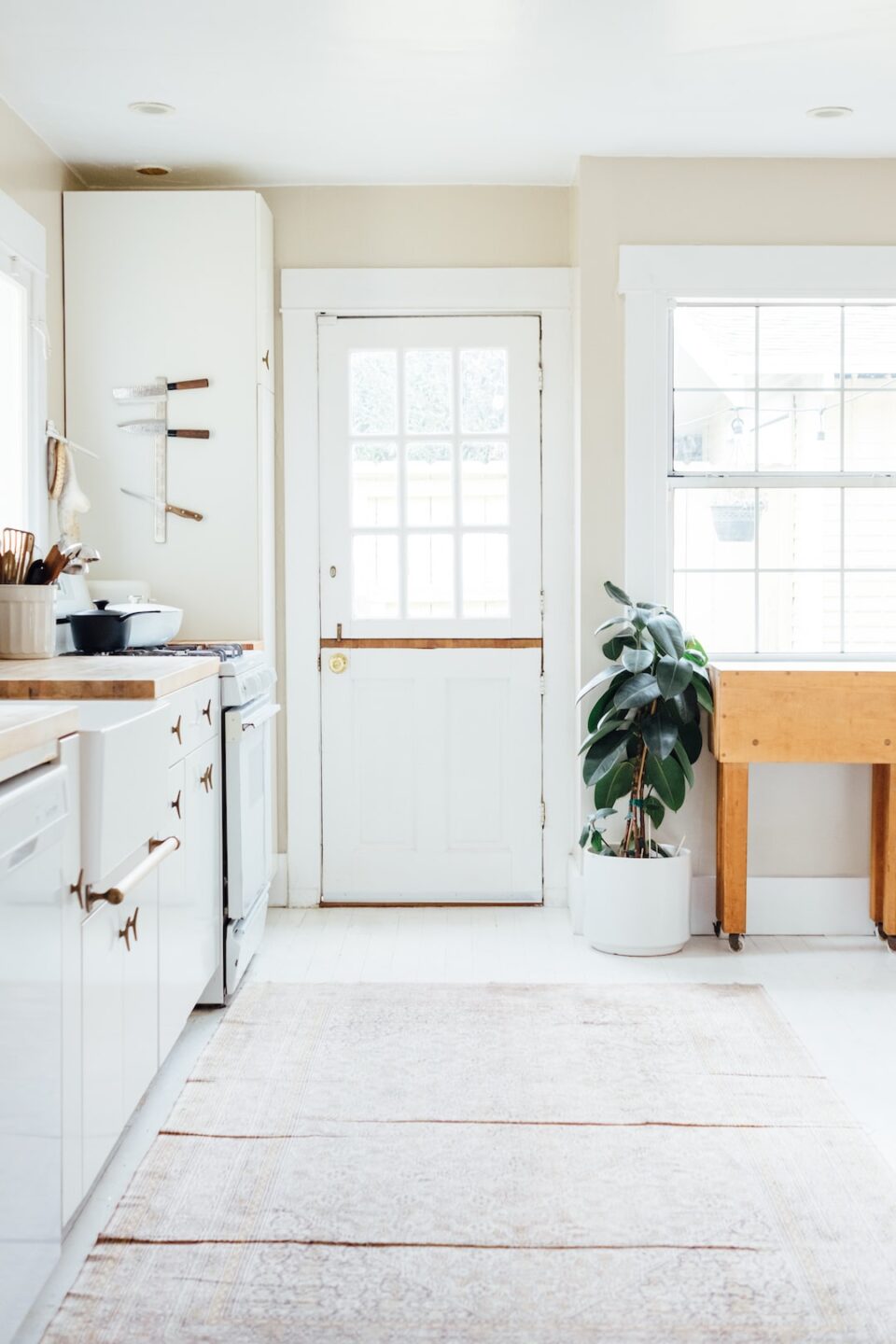DIY Solutions for Common Plumbing Issues
Plumbing problems are an inevitable part of owning a home. Whether it’s a leaky faucet, a clogged drain, or a malfunctioning toilet, these issues can be incredibly frustrating to deal with. However, with a little bit of knowledge and some basic tools, many common plumbing problems can be resolved on your own. In this blog post, we will discuss some simple DIY solutions for these common plumbing issues.
1. Leaky Faucets: Leaky faucets are not only annoying but can also waste a significant amount of water. The most common cause of a leaking faucet is a worn-out washer. To fix this, turn off the water supply to the faucet and cover the drain to prevent losing any small parts. Next, disassemble the faucet handle and replace the washer with a new one. Reassemble the faucet, turn on the water supply, and check for any leaks. If the problem persists, it may be time to replace the entire faucet.
2. Clogged Drains: Clogged drains are another common plumbing issue that can be easily fixed with DIY methods. One of the most effective ways to unclog a drain is by using a plunger. Simply place the plunger over the drain, ensuring a tight seal, and vigorously pump it up and down several times. This creates pressure that dislodges the clog. If the plunger doesn’t work, you can try using a drain snake or a homemade solution of baking soda and vinegar. Pour a cup of baking soda down the drain followed by a cup of vinegar. Let it sit for about 30 minutes, then flush it with hot water.
3. Running Toilets: A running toilet can waste a significant amount of water over time. To fix this issue, start by checking the flapper valve. If it’s not sealing properly, it may need to be replaced. Another common cause of a running toilet is a faulty fill valve. This can easily be replaced with a new one. If neither of these solutions works, it could be due to a more complex issue that may require professional assistance.
4. Low Water Pressure: If you’re experiencing low water pressure in your faucets or showerheads, there are a few DIY solutions to try before calling a plumber. First, check if the aerator on the affected faucet is clogged with mineral deposits. Remove the aerator and soak it in vinegar overnight to dissolve the deposits. If this doesn’t solve the problem, you may need to clean or replace the showerhead. In some cases, low water pressure can be caused by a faulty pressure regulator. If you’re comfortable with plumbing work, you can try adjusting or replacing the regulator yourself.
While these DIY solutions can be effective for common plumbing issues, it’s important to recognize when a problem is beyond your capabilities. If you’re unsure or uncomfortable with any plumbing task, it’s best to seek professional help. Additionally, it’s always a good idea to have the contact information for a reliable plumber on hand in case of emergencies.
In conclusion, being equipped with some basic plumbing knowledge and tools can go a long way in resolving common plumbing issues on your own. From leaky faucets to clogged drains, many problems can be fixed without having to call a professional. However, it’s important to know your limits and when it’s best to leave the job to a professional. With a little bit of effort and some DIY spirit, you can save time and money while keeping your plumbing in good working order.


